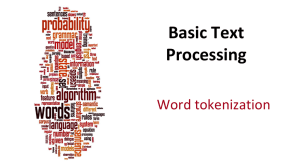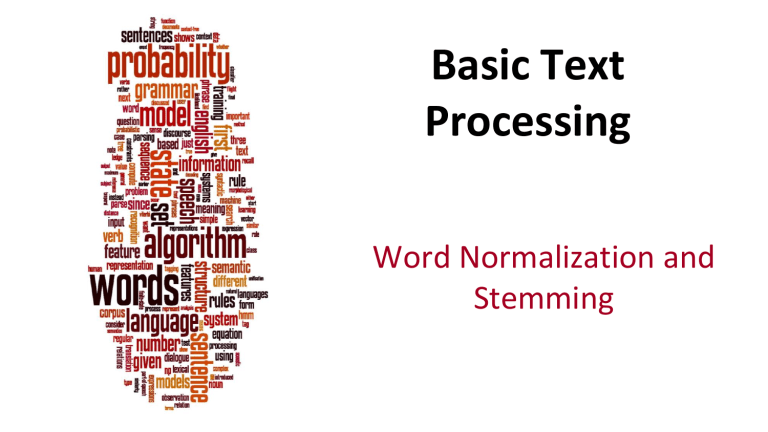
Basic Text Processing Word Normalization and Stemming Dan Jurafsky Normalization • Need to “normalize” terms • Information Retrieval: indexed text & query terms must have same form. • We want to match U.S.A. and USA • We implicitly define equivalence classes of terms • e.g., deleting periods in a term • Alternative: asymmetric expansion: • Enter: window • Enter: windows • Enter: Windows Search: window, windows Search: Windows, windows, window Search: Windows • Potentially more powerful, but less efficient Dan Jurafsky Case folding • Applications like IR: reduce all letters to lower case • Since users tend to use lower case • Possible exception: upper case in mid-sentence? • e.g., General Motors • Fed vs. fed • SAIL vs. sail • For sentiment analysis, MT, Information extraction • Case is helpful (US versus us is important) Dan Jurafsky Lemmatization • Reduce inflections or variant forms to base form • am, are, is be • car, cars, car's, cars' car • the boy's cars are different colors the boy car be different color • Lemmatization: have to find correct dictionary headword form • Machine translation • Spanish quiero (‘I want’), quieres (‘you want’) same lemma as querer ‘want’ Dan Jurafsky Morphology • Morphemes: • The small meaningful units that make up words • Stems: The core meaning-bearing units • Affixes: Bits and pieces that adhere to stems • Often with grammatical functions Dan Jurafsky Stemming • Reduce terms to their stems in information retrieval • Stemming is crude chopping of affixes • language dependent • e.g., automate(s), automatic, automation all reduced to automat. for example compressed and compression are both accepted as equivalent to compress. for exampl compress and compress ar both accept as equival to compress Dan Jurafsky Porter’s algorithm The most common English stemmer Step 1a sses ies ss s ss i ss ø caresses caress ponies poni caress caress cats cat Step 2 (for long stems) Step 1b (*v*)ing ø walking walk sing sing (*v*)ed ø plastered plaster … ational ate relational relate izer ize digitizer digitize ator ate operator operate … Step 3 (for longer stems) al able ate … ø ø ø revival reviv adjustable adjust activate activ Dan Jurafsky Viewing morphology in a corpus Why only strip –ing if there is a vowel? (*v*)ing ø walking sing 8 walk sing Dan Jurafsky Viewing morphology in a corpus Why only strip –ing if there is a vowel? (*v*)ing ø walking sing walk sing tr -sc 'A-Za-z' '\n' < shakes.txt | grep ’ing$' | sort | uniq -c | sort –nr 1312 548 541 388 375 358 307 152 145 130 King being nothing king bring thing ring something coming morning 548 541 152 145 130 122 120 117 116 102 being nothing something coming morning having living loving Being going tr -sc 'A-Za-z' '\n' < shakes.txt | grep '[aeiou].*ing$' | sort | uniq -c | sort –nr 9 Dan Jurafsky Dealing with complex morphology is sometimes necessary • Some languages requires complex morpheme segmentation • • • • Turkish Uygarlastiramadiklarimizdanmissinizcasina `(behaving) as if you are among those whom we could not civilize’ Uygar `civilized’ + las `become’ + tir `cause’ + ama `not able’ + dik `past’ + lar ‘plural’ + imiz ‘p1pl’ + dan ‘abl’ + mis ‘past’ + siniz ‘2pl’ + casina ‘as if’ Basic Text Processing Word Normalization and Stemming
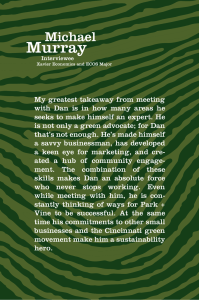
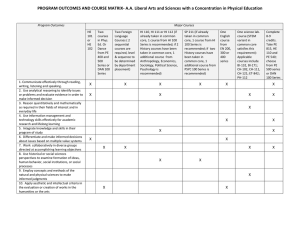
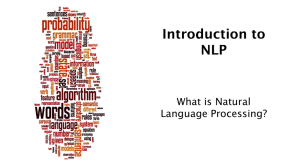

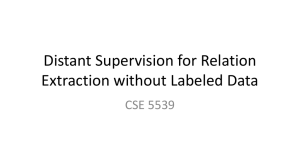
![----Original Message----- From: dan [ ] Sent: Saturday, March 19, 2005 2:45 PM](http://s2.studylib.net/store/data/015586590_1-50b22c4c7007ca3be53d569298f03bbe-300x300.png)
